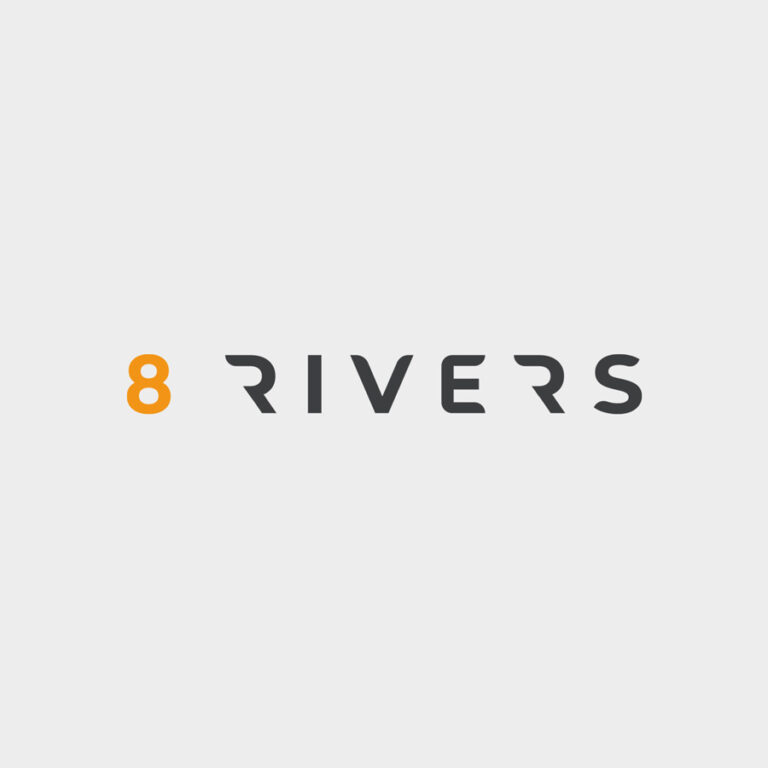North Carolina, US-based climate technology company 8 Rivers is looking to develop a blue hydrogen plant with a carbon capture rate of more than 99%. The company’s Cormorant Clean Energy is scheduled to produce 880,000 tonnes of low-carbon ammonia a year once it begins operations in late 2027.
Construction is slated to begin in 2025 and the plant will be the largest application to date of 8 Rivers’ 8RH2 technology, which uses a proprietary CO2 convective reformer (CCR) to convert carbon dioxide into syngas.
“Some of the CO2 is surrendered for sequestration, while the rest is recycled to create more heat and improve the efficiency of the reformer technology,” explains chief operating officer Steve Milward.
“It is the use of CO2 as the working fluid without requiring back-end carbon capture that saves costs and energy consumption. Currently, most conventional low-carbon hydrogen production methods are inefficient, expensive or carbon intensive.”
This has made it environmentally and economically difficult for producers to justify upgrading their assets to produce low-carbon hydrogen, says Milward. “8RH2’s design allows for a smaller footprint, as well as faster and cheaper installation,” he says.
“Given its currently unrivalled market price, we believe it will make the opportunity to decarbonise much more accessible, representing a shift in attitudes and a consequent reduction in emissions from large, industrial polluters.”
Founded 15 years ago, 8 Rivers focuses on clean fuels, low-carbon power, carbon removal and decarbonised systems for the industry.
“We develop and commercialise infrastructure-scale clean technologies, which will help lead the way to tackling the challenges presented by climate change,” Milward says.
8 Rivers has attracted $75 million in grants and more than $1 billion in commercial investment since launch, lodging more than 500 patents along the way. International conglomerate SK Group has invested $100 million in the company.
The money will be used to fund Project Cormorant, which will be built in Port Arthur, Texas to supply South Korea. “Currently, there is great demand for ammonia on the South Korean market,” says Milward.
“This is because South Korea is looking to ammonia to decarbonise the coal used in power stations across the country.
“Project Cormorant will produce the ammonia, which will be auctioned for the country’s coal production decarbonisation needs, creating a net-zero highway between South Korea and the United States.”
The project will harness a natural gas-fired 8RH2 clean hydrogen plant to produce ultra-low carbon ammonia with best-in-class efficiency and carbon capture, Milward claims. The project’s 99%-plus capture rate should enable it to sequester more than 1,400,000 tonnes of CO2 a year, he says.
Traditional carbon capture relies on gas-heated reforming or autothermal reforming to extract carbon from flue gas streams. “Our technological breakthrough is in the replacement of air in the cycle with CO2, which acts as synthetic air and ensures that no harmful emissions are produced,” Milward says.
“The two products resulting from the combustion are CO2 and water.”
Project Cormorant’s Gulf Coast location should allow it to leverage existing infrastructure and a skilled workforce, Milward says. “Economically, the project will create prosperity in the local community,” he adds. “It will create more than 95 highly skilled jobs with an average salary of $111,000.”
The project is also expected to create another 1,000 jobs from construction work between 2024 and 2027. It will require an estimated capital investment of $1.2 billion, which Milward says will stimulate the local economy and contribute to the area’s industrial growth.
“Further to this, the project will help upskill local workers, creating and growing a clean energy workforce, that will sustain the region’s growth for years to come,” says Milward.
Beyond the project, he says, 8 Rivers is looking to develop further technologies to achieve large-scale decarbonisation. “Looking ahead to 2035, we envision 8 Rivers as a major driving force in industrial decarbonisation,” says Milward.
While the company’s current focus is on ultra-low-carbon-intensity products, 8 Rivers is also looking to develop technologies with negative carbon intensity. “Biomass is one area which has become a key focus for us,” Milward says.
“Biomass with full carbon capture, for example, will enables us to produce carbon-negative energy products, including hydrogen, further accelerating decarbonisation efforts.
“With our diverse portfolio, in-depth industry knowledge and strategic partnerships, we will continue providing the world’s largest emitters with affordable and achievable decarbonisation solutions and help the world reach net zero.” •



